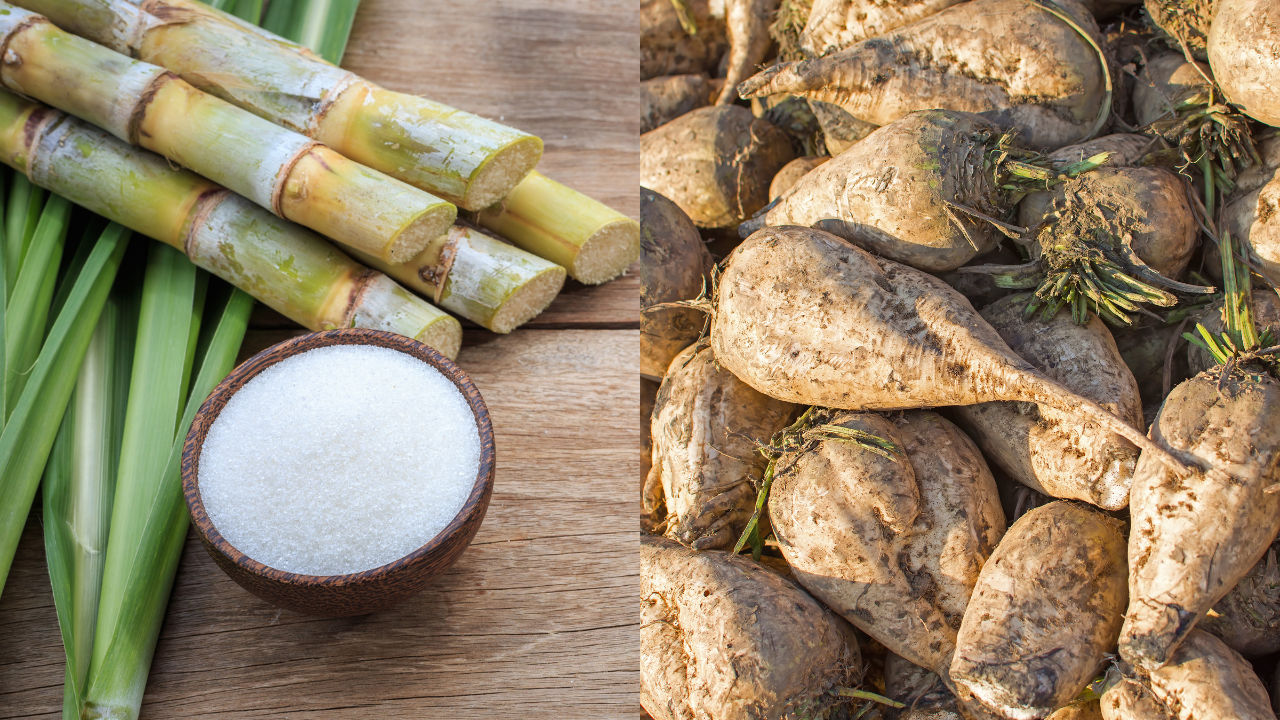Food companies consider beet sugar vs cane sugar when choosing sweeteners for different food products.
Food companies consider beet sugar vs cane sugar when choosing sweeteners for different food products.
Blog Article
Comprehending the Nutritional Advantages of Beetroot Sugar Vs Walking Cane Sugar for Health Conscious Consumers
When checking out the nutritional implications of beet sugar versus cane sugar, health-conscious consumers discover that both selections largely include sucrose and offer similar caloric values, each contributing around 16 calories per tsp. In spite of this resemblance, neither kind gives substantial health advantages, as they are lacking important nutrients. Exploring the wider impacts, including ecological considerations and long-lasting health and wellness results of sugar consumption, could light up more nuanced differences between these 2 sugars.
Nutritional Account and Caloric Worth of Beetroot Sugar and Cane Sugar
Although both beet sugar and walking cane sugar are largely composed of sucrose, their dietary profiles and calorie worths are incredibly similar. There are trace differences in the contaminations that continue to be after handling, which can slightly influence the flavor and shade of the sugars, yet these are negligible in terms of wellness influence. For consumers focusing on dietary impact, the choice in between beet and walking cane sugar is a lot more concerning individual choice or prospective environmental concerns instead than dietary differences.
Environmental Influence and Sustainability of Sugar Manufacturing
While the dietary differences in between beetroot sugar and walking stick sugar are minimal, their production procedures provide more significant differences, specifically in terms of environmental influence and sustainability. Walking cane sugar production commonly includes substantial land use and logging, which adds to habitat destruction and biodiversity loss. This farming is additionally related to high water intake and water pollution due to the runoff of chemicals and fertilizers. In contrast, beet sugar manufacturing typically requires much less land and can be grown in more temperate climates, which might minimize the need for watering useful source and the connected water resource exhaustion.
Nonetheless, beet growing is not without its ecological difficulties; it entails significant energy inputs, especially in the north environments where it is grown, as a result of the need for longer heating durations in sugar handling. Both sugar beet and sugar walking stick sectors are exploring a lot more sustainable practices, consisting of plant rotation, natural farming, and boosted waste management methods to alleviate these effects.
Health Results and Recommendations for Sugar Intake
Despite their very little dietary distinctions, both beet sugar and walking cane sugar can have damaging health effects when consumed in excess. High consumption of either kind of sugar adds to a series of health and wellness problems, including obesity, kind 2 diabetes mellitus, and heart condition. Both sugars are pure sucrose and deal no necessary nutrients other than calories, causing rapid spikes in blood sugar degrees upon usage.


Final Thought

Report this page